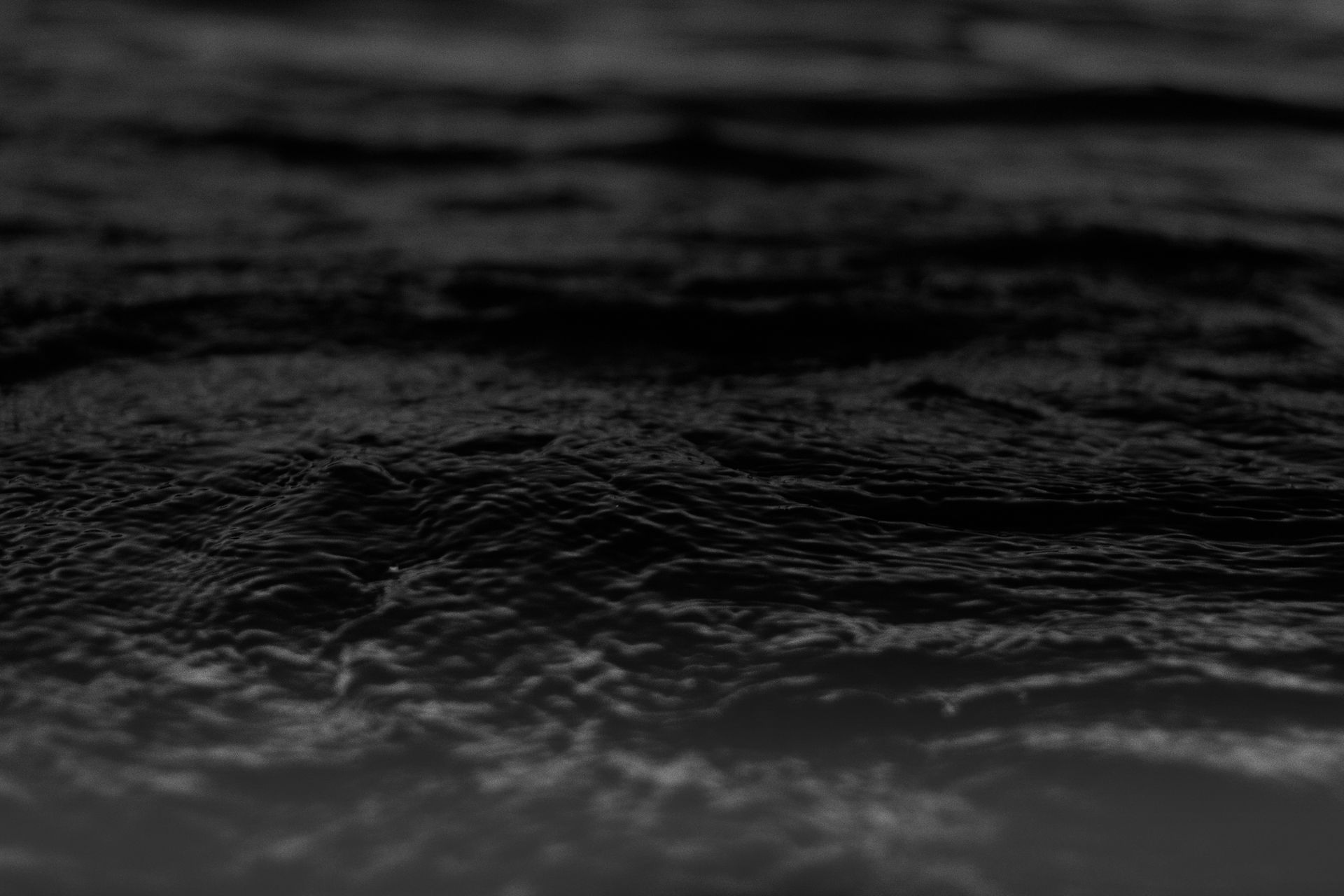
ARTICLE FILMS
KAMARI OF TSUGARU
Koichi Onishi

2018 | 102min | DCP & Blu-ray | Color | 5.1ch | Japan | Japanese| English sub
Synopsis:
A master of the Tsugaru samisen, the first Chikuzan Takahashi was born in 1910 and lost his eyesight from measles when still a young child.
In the harsh environment of Northern Tohoku, a region at the upper tip of Japan’s main island of Honshu, the common people of the time lived in poverty and the disabled had no social services to help them.
To survive Chikuzan learned the samisen and wandered about from door to door like a beggar. He often said “I wanted to make sounds that would have the smell of Tsugaru.” In this land that he both loved and hated, where he was born and lost his sight, where he was despised and found a lifeline in the samisen, the first Chikuzan Takahashi made his permanent base. There he continued to seek the true Tsugaru sound.
The film recalls Chikuzan’s life and spirit through surviving images and sounds and the words of those who knew him. Also, it examines the culture and customs that still exist in the Tohoku region, as well as the unknown people who lived and died in times of intense suffering, times that now lie hidden in the background. It brings into sharp relief the unspoiled landscape of Tsugaru that is so intertwined with Chikuzan’s sound.
One more important person appears in this film: the second Chikuzan Takahashi. She is a female samisen performer who was discovered by Chikuzan, associated with him for many years and in 1997 succeeded to the Chikuzan name. But in Tsugaru few people recognized her as Chikuzan and called her by that name. Since succeeding to the Chikuzan name she had never given a solo concert in Aomori, the biggest city in Tohoku.
In the film the second Chikuzan visits Okinawa together with her teacher. There she learns about and grieves for the many Okinawans who lost their lives in the war. She also goes to Sanriku Noda Village, where she recalls a story about her teacher, the first Chikuzan, encountering a tsunami and nearly losing his life when he was still a wandering musician. Also, for the first time in years she returns to Tsugaru, where she was Chikuzan’s apprentice, and lays flowers on his grave. After reuniting with her teacher, second Chikuzan gives her first solo concert in Aomori and astonishes us with her wonderful, eye-opening samisen sounds.
Statement by director Koichi Onishi
The first Chikuzan Takahashi said that as a blind person the samisen was his only choice; he didn’t play it to just to make a living. What was music in the world of the past? By reencountering Chikuzan Takahashi, who was born early in the 20th Century, lost his sight and, with his samisen, sank to the bottom of society, we may again be able to face the future that lies before us.Chikuzan was the blues, but had a sophistication that went beyond the blues. He was a rare musician who created sounds of truth connecting us to the world of the gods that rule the universe.
Koihci Onishi
Graduated Osaka University of Arts in 1988. The documentary work " Kawachi Yukyo-den " (Chronicle of Kawachi prodigal)which filmed the disappearing street musician with a guitar on his back in the old town of Osaka and the film received the prize of graduation production.
After the graduation of the university, he has worked for TV programs, PR videos, music video clips.
He directed two fiction films in the 1990s, "Kichijoji Muei" and "April in the Sentimental Northern Town".
In 2011 his first feature documentary film "Sketches of Myahk" won the Locarno Semaine de la critique's Special Mention award."Kamari of Tsugaru" is his second feature documentary film.

